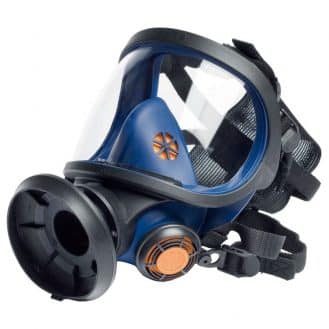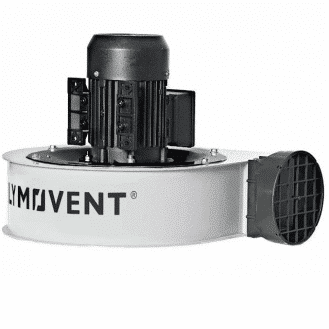
Productos Climax construction helmet
It is important to take several factors into account when choosing a safety helmet.
It is first necessary to identify the task to be carried out by the worker as well as the constraints and risks of the activity that need to be provided for. The level of protection required from a safety helmet varies according to the activity. For example, a construction helmet cannot be used for forestry work because it does not offer the same protection.
The type of protection you should choose depends on the study of the accidentology of the task (UV treatment of the plastic, presence or not of a chinstrap, addition of hearing protection or a cooling cap when working in full sun, etc.).
The worker’s head circumference and the comfort of use of the helmet must also be taken into account.
It is also important to know how long the helmet will be worn by the operator. For a short period of time, a hard hat is a good option because it is easy to put on and take off. For longer periods, the helmet’s lightness should be considered. A high-performance safety helmet is a preferred option.
Lastly, it is important to pay attention to the standards and regulations applicable in your country.


 In the United States, the use of safety helmets is governed by the ANSI / ISEA Z89 standard. 1-2009. In Canada, the CSA Z94.1-2005 standard is used.
In the United States, the use of safety helmets is governed by the ANSI / ISEA Z89 standard. 1-2009. In Canada, the CSA Z94.1-2005 standard is used.



